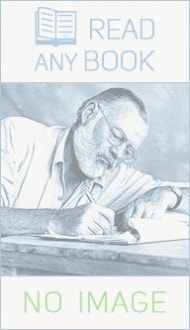Author Murfree Mary Noailles
42
Mary Noailles Murfree (January 24, 1850-July 31, 1922) was an American fiction writer of novels and short stories who wrote under the pen name Charles Egbert Craddock. Murfree was born near Murfreesboro, Tennessee, in the house later celebrated in her novel, Where the Battle was Fought and in the town named after her great-grandfather, Colonel Hardy Murfree.[1] Her father was a successful lawyer of Nashville; her youth was spent in Murfreesboro and Nashville. From 1867 to 1869 she attended the Chegary Institute, a finishing school in Philadelphia. For a number of years after the Civil War the Murfree family lived in St. Louis, returning in 1890 to Murfreesboro, where she lived until her death. Being lame from childhood, she turned to reading the novels of Walter Scott and George Eliot. For fifteen successive summers the family stayed in Beersheba Springs in the Cumberland Mountains of East Tennessee, giving her the opportunity to study the mountains closely. In the 1870s she had begun
...writing stories for Appleton's Journal under the penname of "Charles Egbert Craddock" and by 1878 she was contributing to the Atlantic Monthly. It was not until seven years later, in May, 1885, that Murfree divulged that she was Charles Egbert Craddock to Thomas Bailey Aldrich, an editor at the Atlantic Monthly. She has been favorably compared to Bret Harte and Sarah Orne Jewett, creating post-Civil War American local-color literature. She is considered by many to be Appalachia's first significant female writer and her work a necessity for the study of Appalachian literature. Though she reinforced very negative stereotypes about a region of which she had very little first hand experience.
MoreLessShow More Show LessBooks by Murfree Mary Noailles:
Write Review:








![Cover Down the Ravine [a Story]](https://files.readanybook.online/472164/thumbs/50x81/down-the-ravine-a-story.jpg)
















User Reviews: